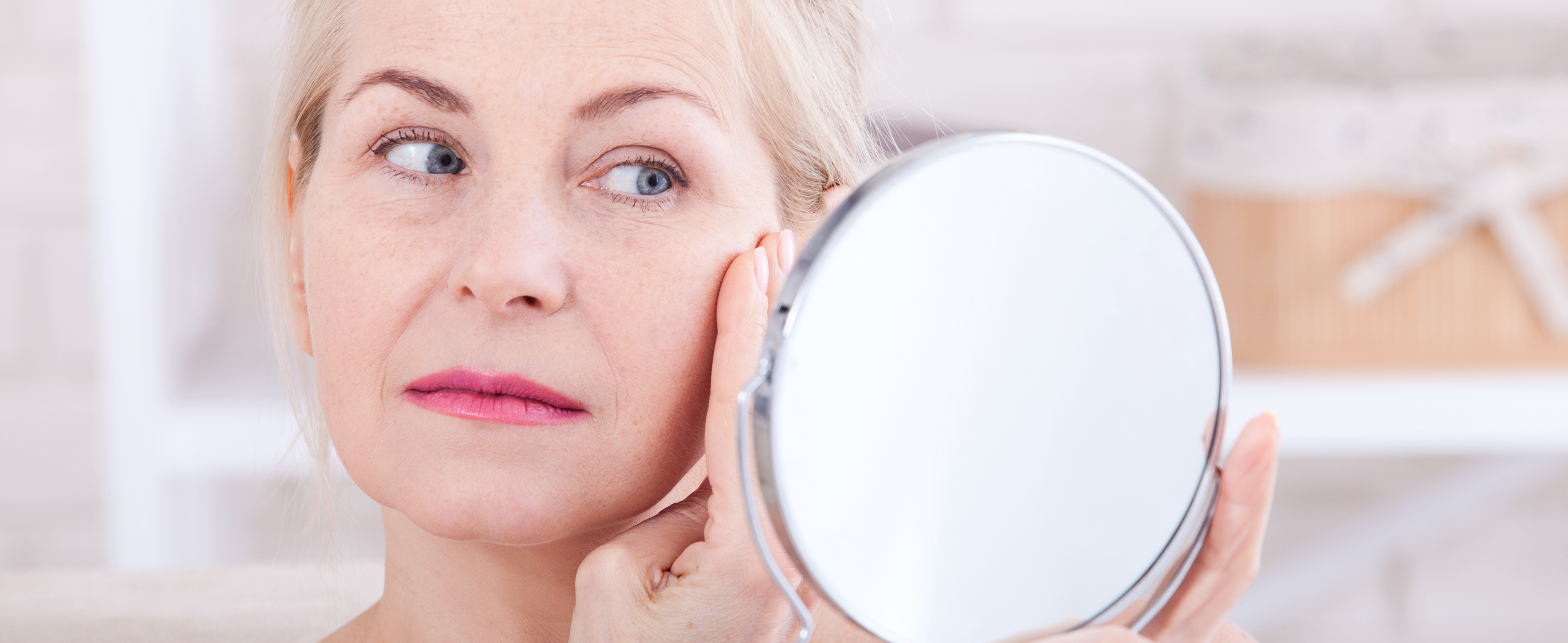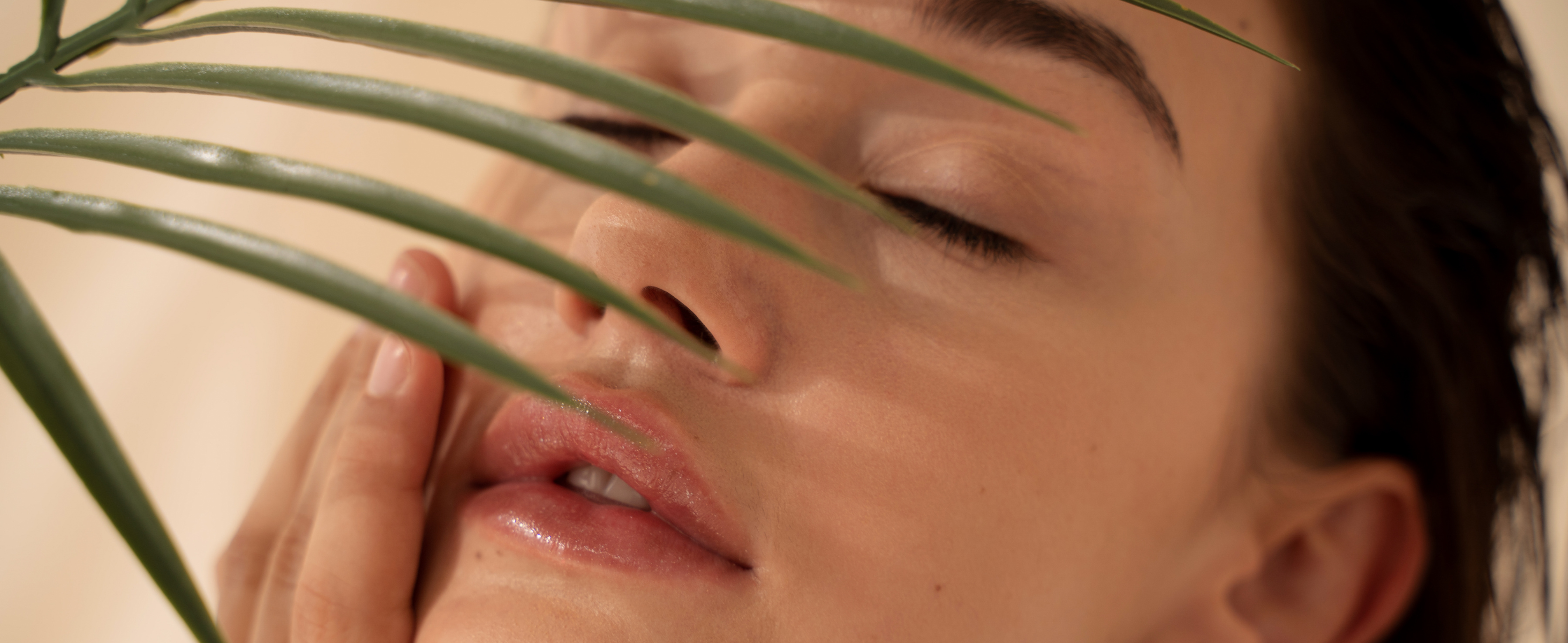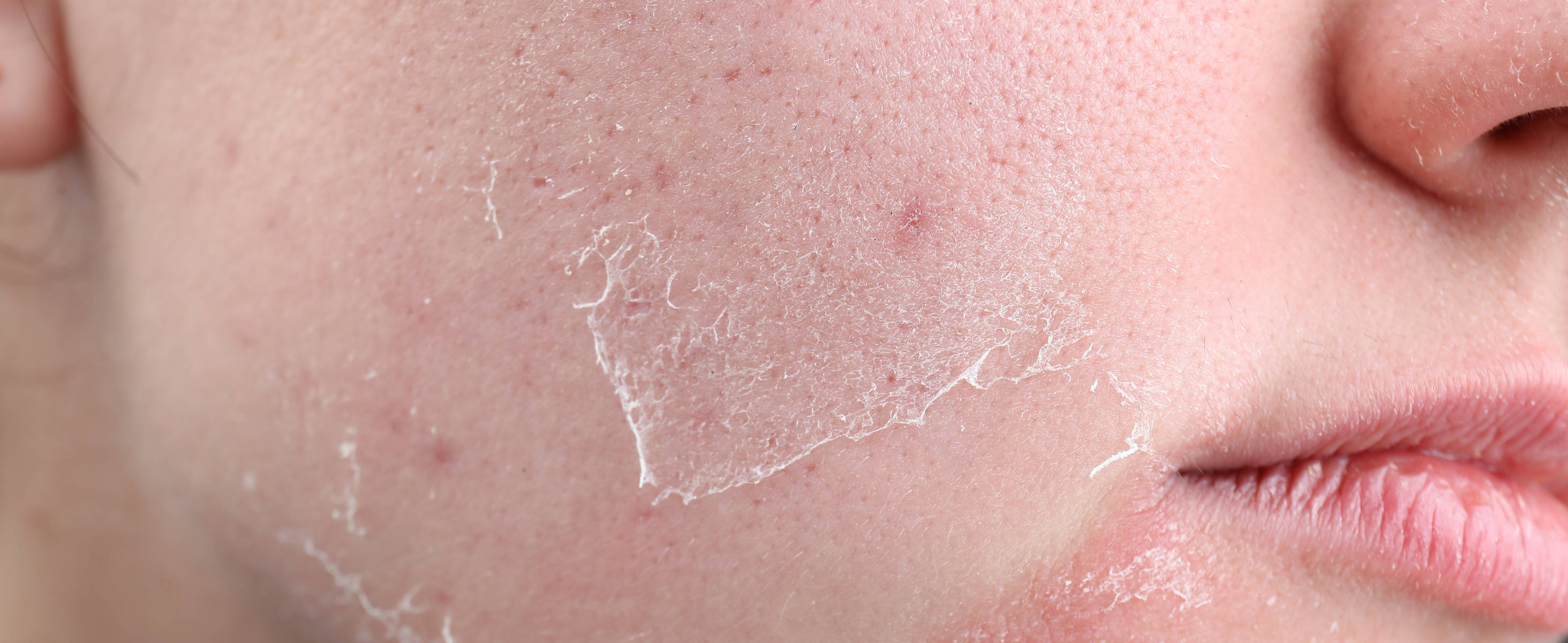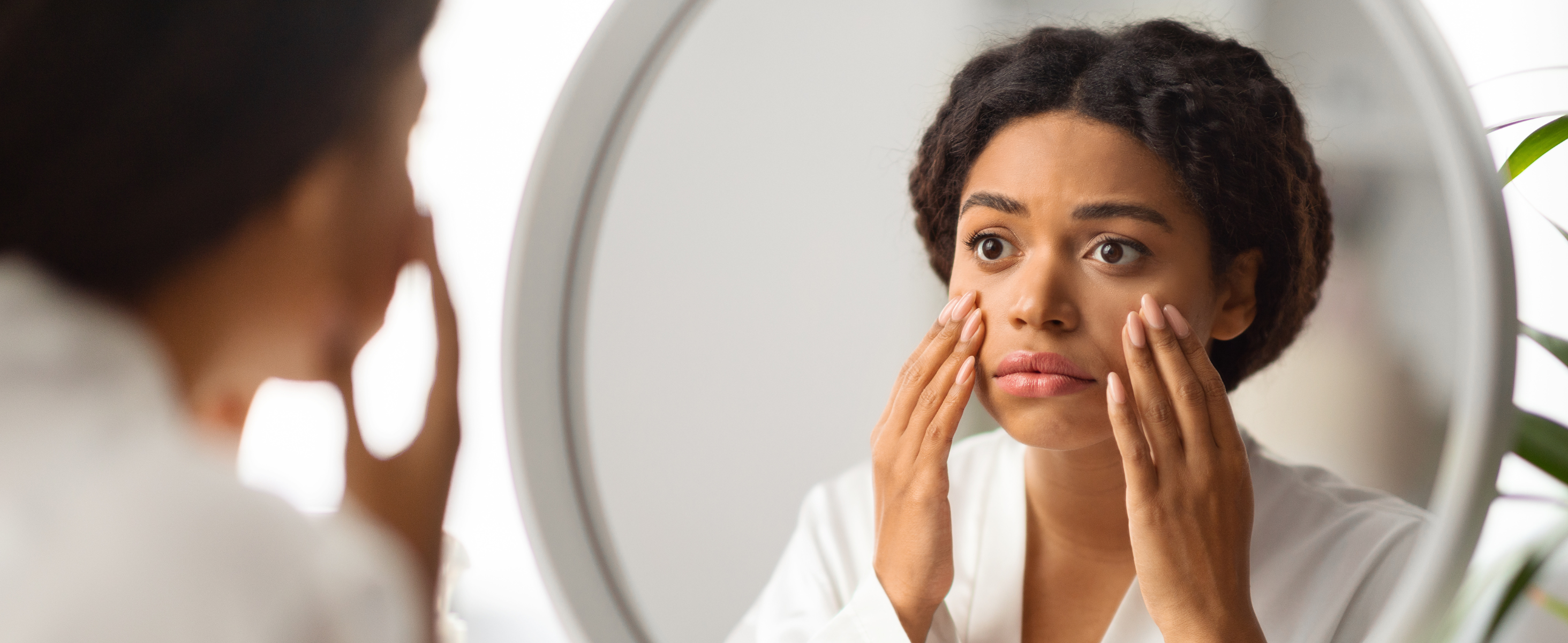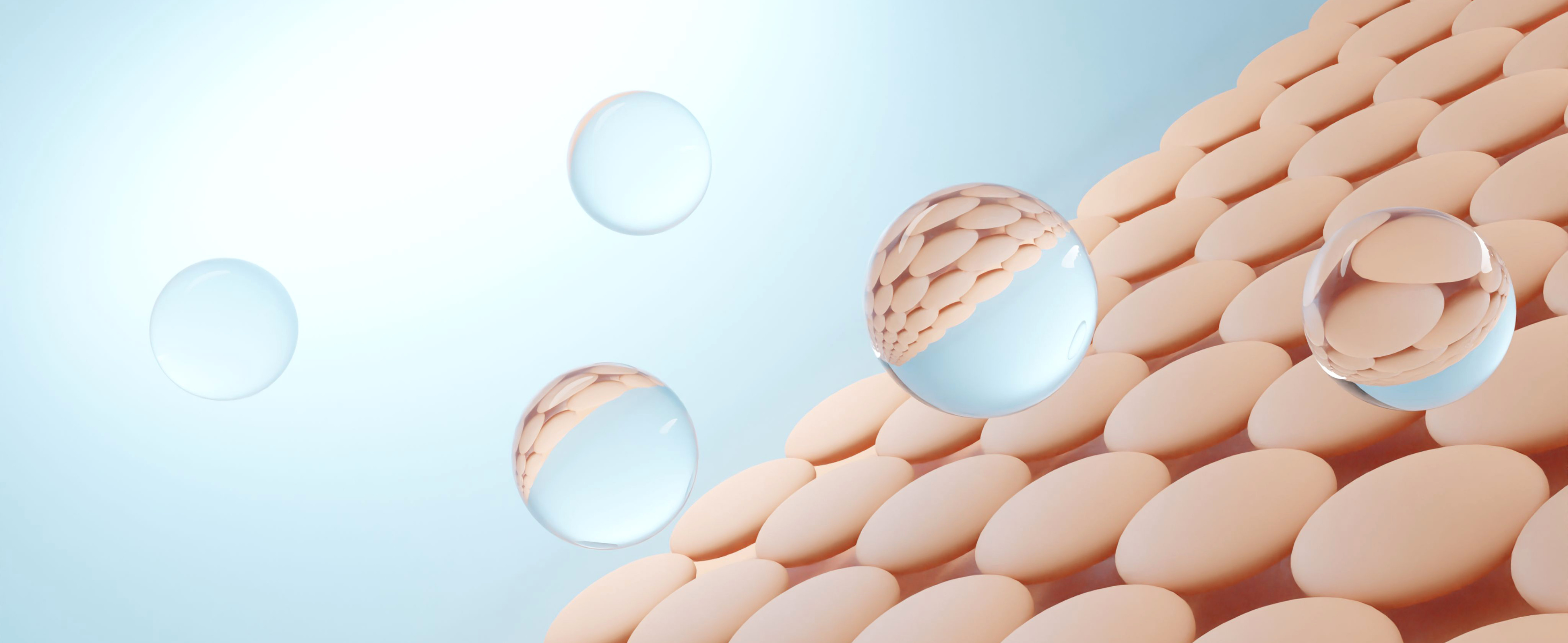If you’ve ever battled a breakout (and let’s be honest—who hasn’t?), you’ve probably tried everything from spot treatments to skincare acids to miracle creams promising overnight results. But sometimes, the most effective solutions are the simplest—like good ol’ aloe vera.
Yes, the same plant you use for sunburns is having a skincare moment, especially when it comes to acne. TikTok skincare lovers and beauty bloggers alike are praising aloe vera for its calming, healing properties—but is it legit, or just another natural remedy that sounds better than it performs?
Let’s break down the facts, myths, and how aloe vera can actually support your acne-prone skin.
So, What Makes Aloe Vera So Special?
Aloe vera is a succulent plant that’s been used for centuries for its cooling, anti-inflammatory, and healing properties. The clear gel inside its leaves contains over 75 active compounds—think vitamins A, C, and E, enzymes, minerals, and amino acids. It’s basically a skincare super cocktail.
When applied to the skin, aloe is known to:
-
Soothe irritation and redness
-
Help wounds and minor burns heal faster
-
Reduce inflammation (hello, angry pimples)
-
Deliver hydration without feeling greasy
That last one is key for acne-prone skin, which often needs hydration but can’t tolerate heavy oils or thick creams.
Does Aloe Vera Actually Work for Acne?
The short answer: It can help—but it’s not a miracle cure.
Aloe vera’s biggest strength lies in its ability to reduce inflammation, which makes it helpful for calming red, swollen breakouts. If your skin is feeling tender, angry, or overly sensitized from harsh acne treatments, aloe can offer gentle relief.
In fact, one 2014 study found that combining aloe vera with traditional acne medications (like tretinoin) resulted in fewer breakouts and less irritation than using medication alone.
That said, aloe isn’t going to zap a pimple overnight or replace your whole skincare routine. It’s best used as a supporting player—not the star of the show.
Dermatologist Take: What the Experts Say
Dermatologists agree that aloe vera has potential benefits for acne-prone skin, but they also caution against viewing it as a one-size-fits-all solution.
Dr. Joshua Zeichner, a board-certified dermatologist, notes that aloe’s anti-inflammatory effects can help soothe acne but won’t treat the underlying causes, like excess oil production or clogged pores.
Dr. Mona Gohara adds that while aloe is great for calming irritation, it’s important to pair it with ingredients that actively target acne-causing bacteria—like benzoyl peroxide, salicylic acid, or retinoids.
Bottom line: aloe vera is supportive, not curative.
How to Use Aloe Vera for Acne (The Right Way)
There are a few ways to incorporate aloe into your routine, depending on your skin’s needs:
1. Use It Pure
Fresh from the plant is best. If you have an aloe plant at home, break off a leaf, scoop out the gel, and apply it directly to clean skin. Leave it on as a moisturizer or soothing mask.
No plant? Look for 100% pure aloe vera gel with no added alcohol, fragrance, or dyes.
2. As a Spot Treatment
Got a stubborn breakout? Dab a little aloe gel onto inflamed spots to reduce redness and swelling. You can even mix it with a drop of tea tree oil for extra antibacterial power (just patch test first!).
3. Post-Treatment Soother
If you use exfoliating acids or retinoids that sometimes leave your skin dry or irritated, aloe is the perfect follow-up to restore moisture and calm things down.
4. In Skincare Products
Look for aloe in serums, masks, or moisturizers that are formulated for sensitive or acne-prone skin. It pairs well with niacinamide, hyaluronic acid, and ceramides.
Who Should (and Shouldn’t) Use Aloe Vera?
Aloe vera is generally safe for all skin types—but like any skincare ingredient, it’s not for everyone.
✅ Best for:
- Oily or combination skin
- Inflamed, red, or irritated acne
- Sensitive skin that needs hydration without heaviness
🚫 Skip it if:
- You’ve had allergic reactions to plants in the Liliaceae family (like garlic or onions)
- You notice itching, redness, or rash after using aloe gel
Always do a patch test if you’re trying it for the first time!
Final Thoughts
Aloe vera may not be a miracle acne cure—but it’s a gentle, affordable, and natural way to support your skin’s healing process. If you’re dealing with redness, inflammation, or dryness from acne or harsh treatments, this humble plant might be the calming step your skincare routine is missing.
As always, beautiful skin is about balance. Think of aloe vera as your skin’s comfort food: not flashy, not fancy, but sometimes exactly what you need.


